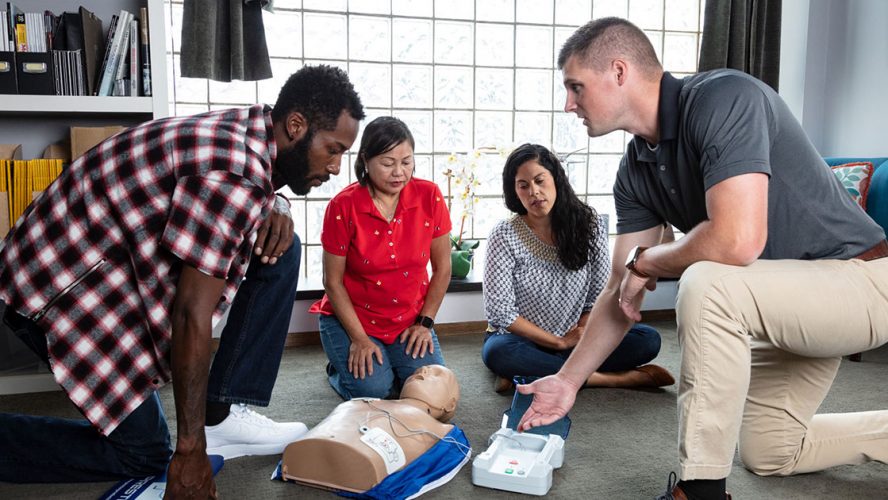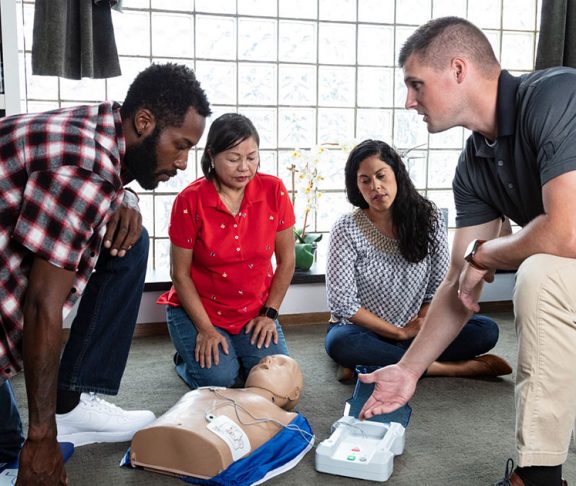As the American Red Cross (ARC) notes, about 1,600 people suffer cardiac arrest every day in the United States. And, strikingly, about 90 percent of people who experience sudden cardiac arrest (SCA) outside of the hospital die. However, if more people underwent a simple and straightforward training — cardiopulmonary resuscitation, or CPR — more lives could be saved. Each year, an estimated 475,000 Americans die from cardiac arrest, according to the American Heart Association (AHA).
“CPR training involves hands-on learning of life-saving skills on an actual training manikin,” said Stephanie Clark, Director of North American Sales at PRESTAN Products. “There are many versions of training available from hands-only to CPR with breaths on an adult, child or infant. CPR training classes often teach First Aid skills as well.”
“In addition to the skills learned,” Clark added, “it is crucial that confidence is instilled in students learning CPR during the training, so when one walks away with the knowledge and skills to perform CPR they don’t hesitate or second guess themselves for one second when and if the need arises to aid in saving someone’s life. Doing something is always better than doing nothing.”
Cardiac arrest occurs when the heart stops beating or beats too ineffectively and blood cannot be circulated to the brain and other vital organs. It is a life-threatening emergency because without oxygen, brain damage can begin in 4 to 6 minutes, with the damage becoming irreversible after about 10 minutes.
Clark pointed out that the majority of SCA incidents — there are 356,000 total annually, as the AHA notes — happen away from the hospital. The lag time between the event and when the affected individual receives medical care is crucial. About 45 percent of out-of-hospital cardiac arrest victims survived when bystander CPR was administered. But there isn’t enough of this happening, perhaps due to a lack of public CPR training: Only about 46 percent of affected individuals get this necessary medical help before professionals arrive.
“A family member, a neighbor, a complete stranger and even a child has the incredible power to save someone’s life,” Clark said. “Going though CPR training, knowing basic CPR skills, and having the confidence to perform them when the need arises is critical in maintaining blood flow to the brain and heart during SCA.”
There’s a common misconception that SCA affects only the elderly, and yet the truth is SCA impacts more than 7,000 youth under the age of 18 each year, and often is the first sign of a heart issue.
“It is imperative that as many people as possible in the general public know how to administer CPR,” Clark said, “to help save the lives of a loved one, a friend, a neighbor and even a complete stranger when and if the needs arises.”
To learn more about CPR training courses, visit the American Heart Association (https://cpr.heart.org/en) or the American Red Cross (https://www.redcross.org/take-a-class). To learn more about PRESTAN, please visit www.prestanproducts.com.

